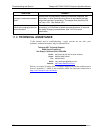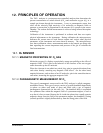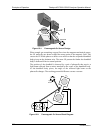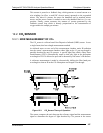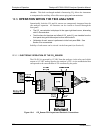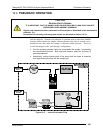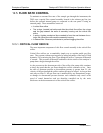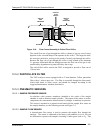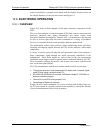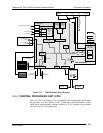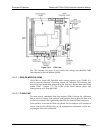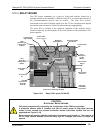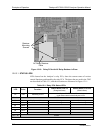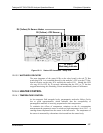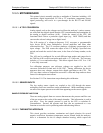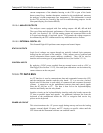
Principles of Operation Teledyne API T803 CO2/O2 Analyzer Operation Manual
212
sensor is mounted to a printed circuit board with the Sample Pressure sensor on
the sample chamber; see the previous section and Figure 3-5.
12.6. ELECTRONIC OPERATION
12.6.1. OVERVIEW
Figure 10-9 shows a block diagram of the major electronic components of the
T803.
The core of the analyzer is a microcomputer (CPU) that controls various internal
processes, interprets data, makes calculations, and reports results using
specialized firmware developed by Teledyne API. It communicates with the user
as well as receives data from and issues commands to a variety of peripheral
devices via a separate printed circuit assembly called the motherboard.
The motherboard collects data, performs signal conditioning duties and routes
incoming and outgoing signals between the CPU and the analyzer’s other major
components.
A variety of sensors report the physical and operational status of the analyzer’s
major components, again through the signal processing capabilities of the
motherboard. These status reports are used as data for the gas concentration
calculation and as trigger events for certain control commands issued by the CPU.
They are stored in memory by the CPU and in most cases can be viewed but the
user via the front panel display.
The CPU communicates with the user and the outside world in several ways
Through the analyzer’s touchscreen and LCD display over a clocked, digital,
serial I/O bus (using a protocol called I
2
C);
RS-232 & RS-485 Serial I/O channels via Ethernet, Modbus
®
, APICOM or a
terminal emulation program;
Various DCV and DCA analog outputs, and
Several sets of Digital I/O channels.
Finally, the CPU issues commands via a series of relays and switches (also over
the I
2
C bus) located on a separate printed circuit assembly to control the function
of key electromechanical devices such as heaters.
07276B DCN6418



